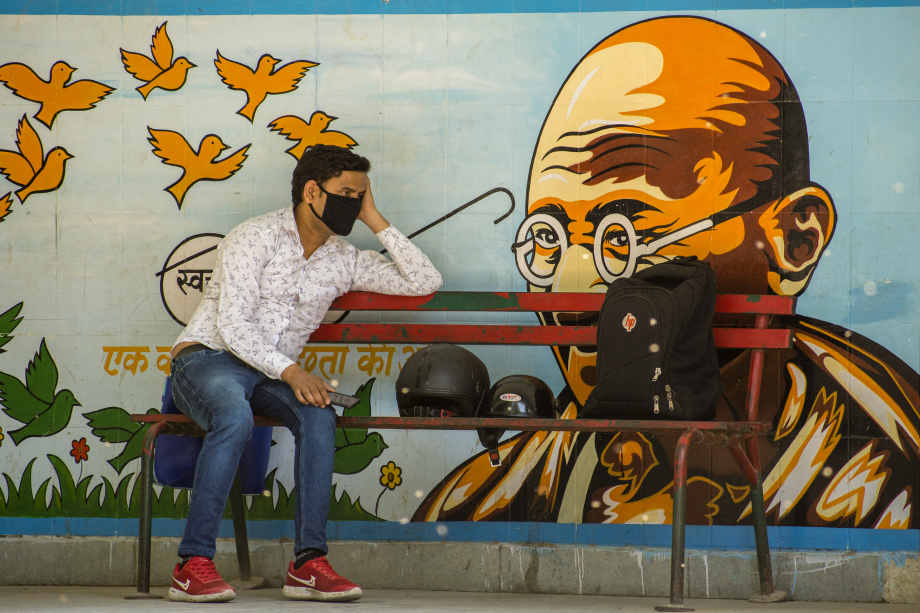Road map of post-pandemic Asia may look different
by Greg EarlIt may be the new great divide: has COVID-19 changed international relations or just aggravated tensions which already existed?
From the isolated perspective of the moment, there is a rising sense of change: from predictions that the just-in-time manufacturing networks at the heart of Factory Asia will be wound back to the idea that science will play a bigger role in government decisions.
But from the broader perspective of history, the uncertainty caused by chafing between old and new superpowers may have simply moved to a new theatre, while the nation state has re-emerged as the bedrock of official life.
This ambiguity about what will drive diplomatic decision-making across the region as lockdowns are wound back seems to cut across the views of strategists regardless of their countries or institutional backgrounds.
A new collection of essays from some of the region’s leading former policy- makers, academics and commentators published by the Council for Security Co-operation in the Asia Pacific's (CSCAP) Australian arm and Asialink shows how the pandemic has sparked a vibrant debate about new approaches to diplomatic and economic engagement.
But the question as to how they might be implemented lingers as the Pacific Forum’s Ralph Cossa argues: “Some commentators are seeing the crisis as a game-changer, but that is far from certain – the tendency once the crisis has passed may well be to simply lapse back into old habits and patterns.”

Yet former Indian foreign secretary Shyam Saran sees a world transformed with no return to a status quo, which means it is even more important to “think hard about the possibilities and be prepared to counter what we don’t like and to support what seems more promising".
Between these polar views of change in the post-pandemic world, there is nevertheless much commonality on what are the key issues: China-US relations; the future of globalised economics; the effectiveness of diplomatic architecture; and ways of preparing for the next pandemic.